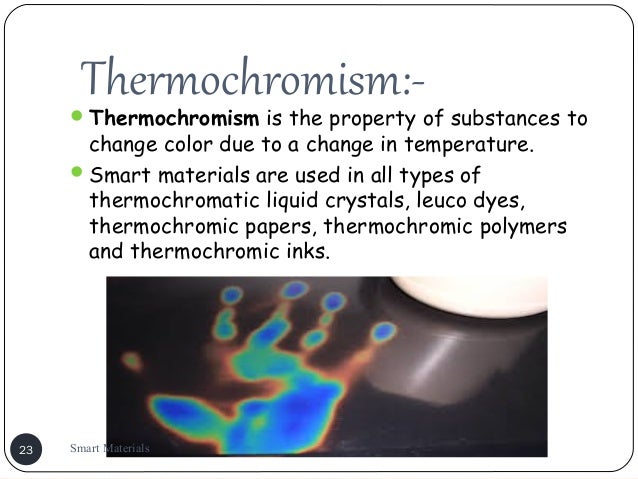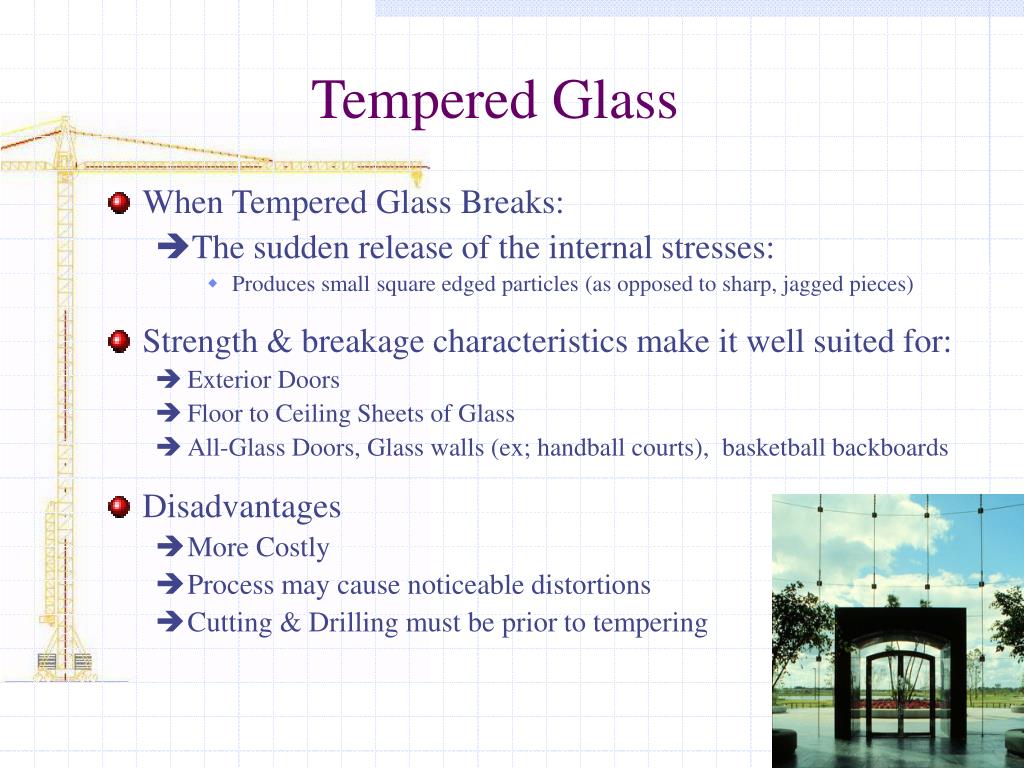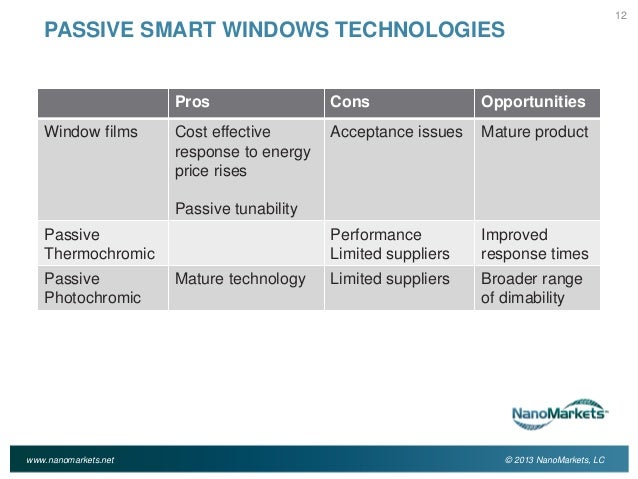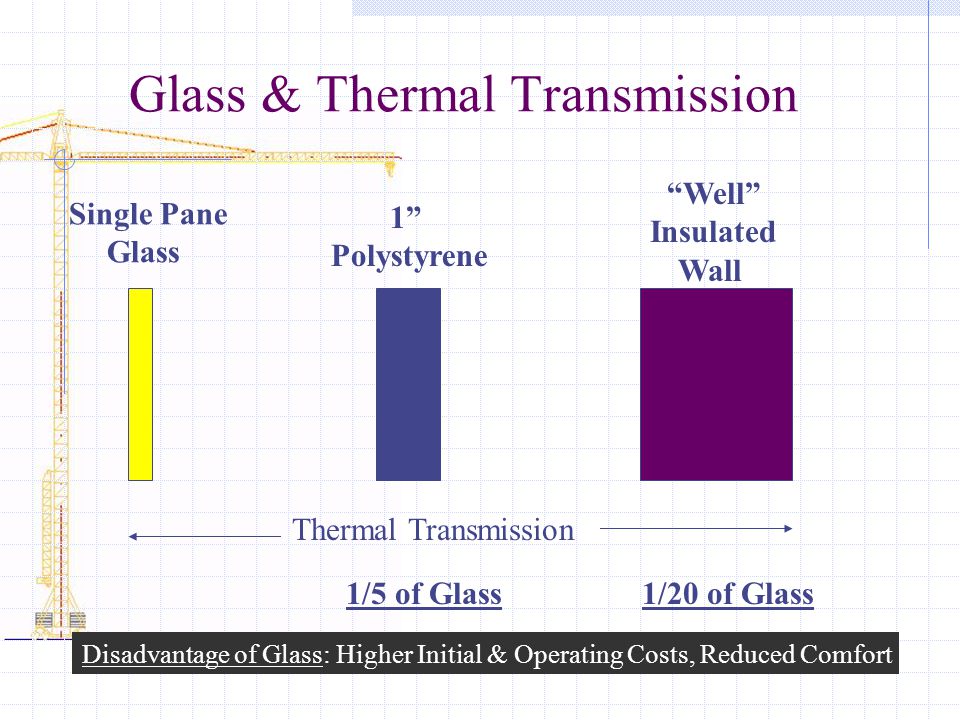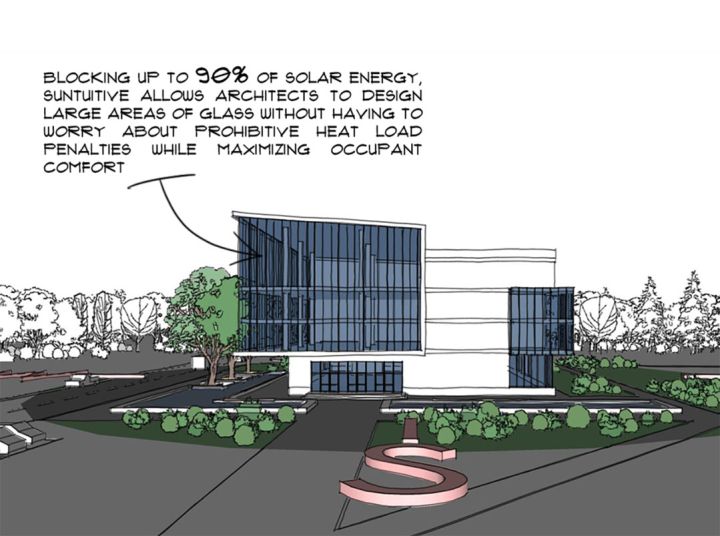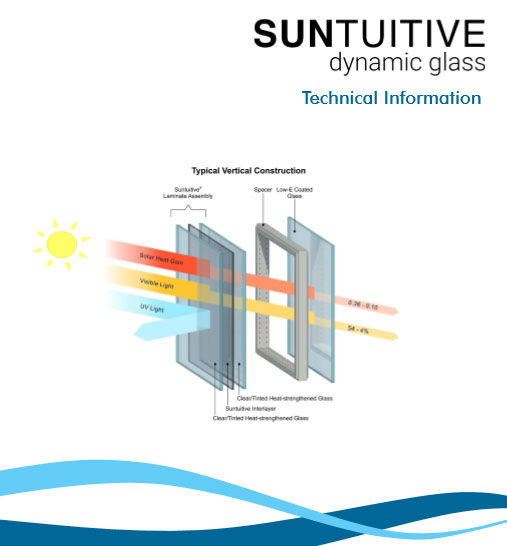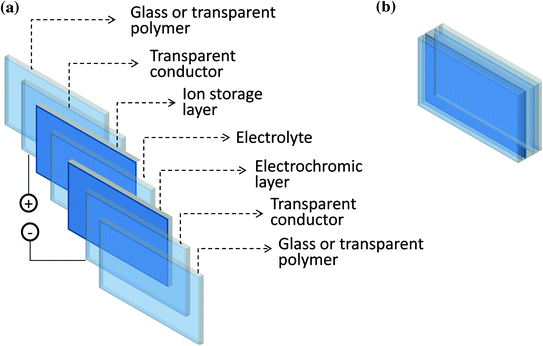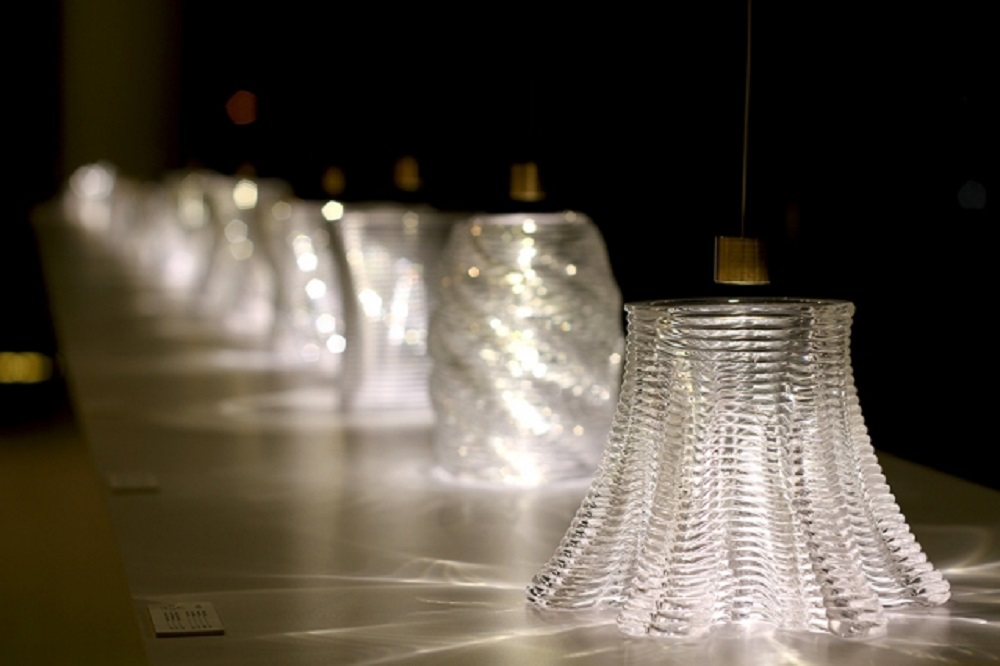Future advice for vo 2 based thermochromic coatings should pay more attention to the regulation of colors stability evaluation of energy efficient as well as scaling up productions and even.
Thermochromic glass disadvantages.
Therefore the color of the thermochromic liquid crystal can continuously vary from non reflective black through the spectral colors to black again depending on the temperature.
Water soluble thermochromic interlayer must be protected against exposure to the atmosphere.
Today let s talk about the advantages and disadvantages of photochromic sunglasses.
Rays from the sun.
Thermochromic glass essentially uses the heat from sunlight to tint the windows the hotter it is the darker the room becomes allowing properties to regulate their own heat.
Costs for insulating glass units without frame installation average 40 ft2 for thermochromic and 61 ft2 for electrochromic compared to 24 ft2 for low e.
Thermochromism is the property of substances to change color due to a change in temperature a mood ring is an excellent example of this phenomenon but thermochromism also has more practical uses such as baby bottles which change to a different color when cool enough to drink or kettles which change when water is at or near boiling point.
The drying process is controlled over with spectroscopy.
These market conditions have led to inconsistent findings in the costs and benefits of chromogenic windows against more readily available low e windows.
A change in the temperature of the glass may result in a separation change between the layers and therefore in the reflected wavelength.
Thickness of the fi lm is within 0 3 1 mm.
The primary advantage is that they will darken into a sunglass when exposed to u v.
For this purpose earlier we developed glass pane thermochromic interlayer.
The value of adhesion can be varied within the interval 1 20 kg cm.
Thermochromism is one of several types of chrom.


